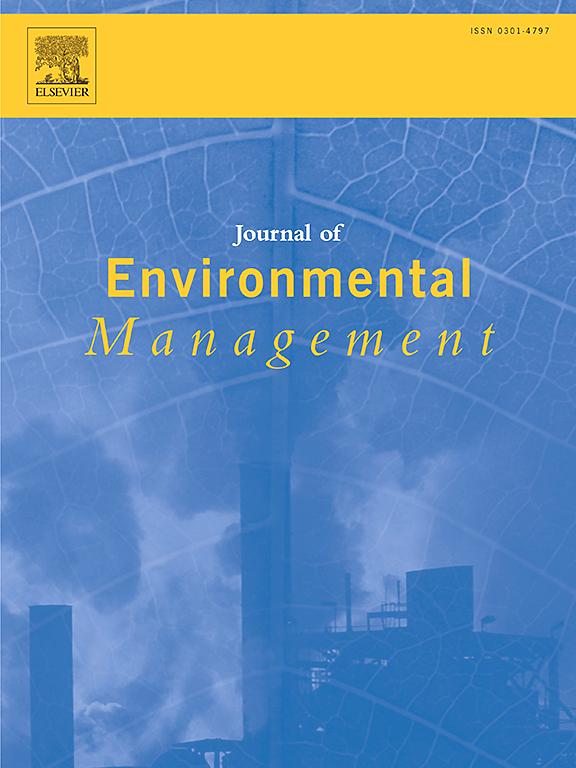External voltage regulates hydrogen and vivianite recovery from fermentation liquid in microbial electrolysis cell equipped with iron anode: Performance and mechanism
IF 8
2区 环境科学与生态学
Q1 ENVIRONMENTAL SCIENCES
引用次数: 0
Abstract
Employing an iron anode in microbial electrolysis cell (MEC) can promote hydrogen yield and vivianite recovery from waste biomass by accelerating electron transport, but the performance is highly dependent on the functional microbial community present and the ferrous ion content. An external voltage had a significant effect on enriching functional microbes and controlling the release of ferrous ions. In this study, the effects of different voltages, i.e., 0.4 V, 0.6 V, 0.8 V and 1.0 V, on hydrogen production and vivianite recovery were explored. The results indicated that an applied voltage of 0.8 V resulted in the maximum hydrogen productivity of 11.17 mmol/g COD, representing an increase of 18∼91 % compared with the other voltage conditions. The removal efficiency of phosphorus reached 100 % at 3 d in the 0.8 V group, with vivianite as the main product at a purity of 92.7 %. An external voltage of 0.8 V notably enhanced the electrochemical performance of the MEC. The relative abundances of bio-cathodic microbes, i.e., electrochemically active bacteria, anaerobic fermentation bacteria, dissimilatory iron-reducing bacteria and homoacetogens, greatly changed with different voltages, reaching 9.6 %, 3.2 %, 3.1 % and 23.7 %, respectively, in the 0.8 V group. The expression of key functional genes related hydrogen production, i.e., the ferredoxin-dependent hydrogenase pathway and pyruvate ferredoxin oxidoreductase pathway, was significantly upregulated, whereas that related to homo-acetogenesis was downregulated under 0.8 V. This work reveals the performance and mechanism of synergistic hydrogen production and phosphorus recovery under an applied voltage, and provides new insights and feasible measures for improving hydrogen production and phosphorus recovery in MECs.
求助全文
约1分钟内获得全文
求助全文
来源期刊

Journal of Environmental Management
环境科学-环境科学
CiteScore
13.70
自引率
5.70%
发文量
2477
审稿时长
84 days
期刊介绍:
The Journal of Environmental Management is a journal for the publication of peer reviewed, original research for all aspects of management and the managed use of the environment, both natural and man-made.Critical review articles are also welcome; submission of these is strongly encouraged.
 求助内容:
求助内容: 应助结果提醒方式:
应助结果提醒方式:


